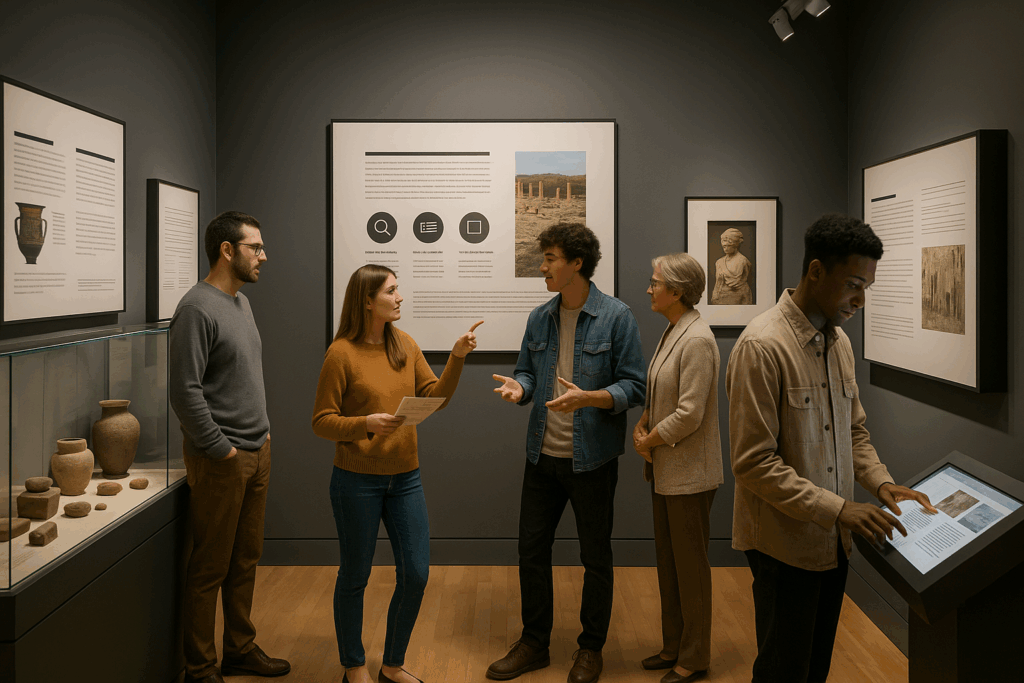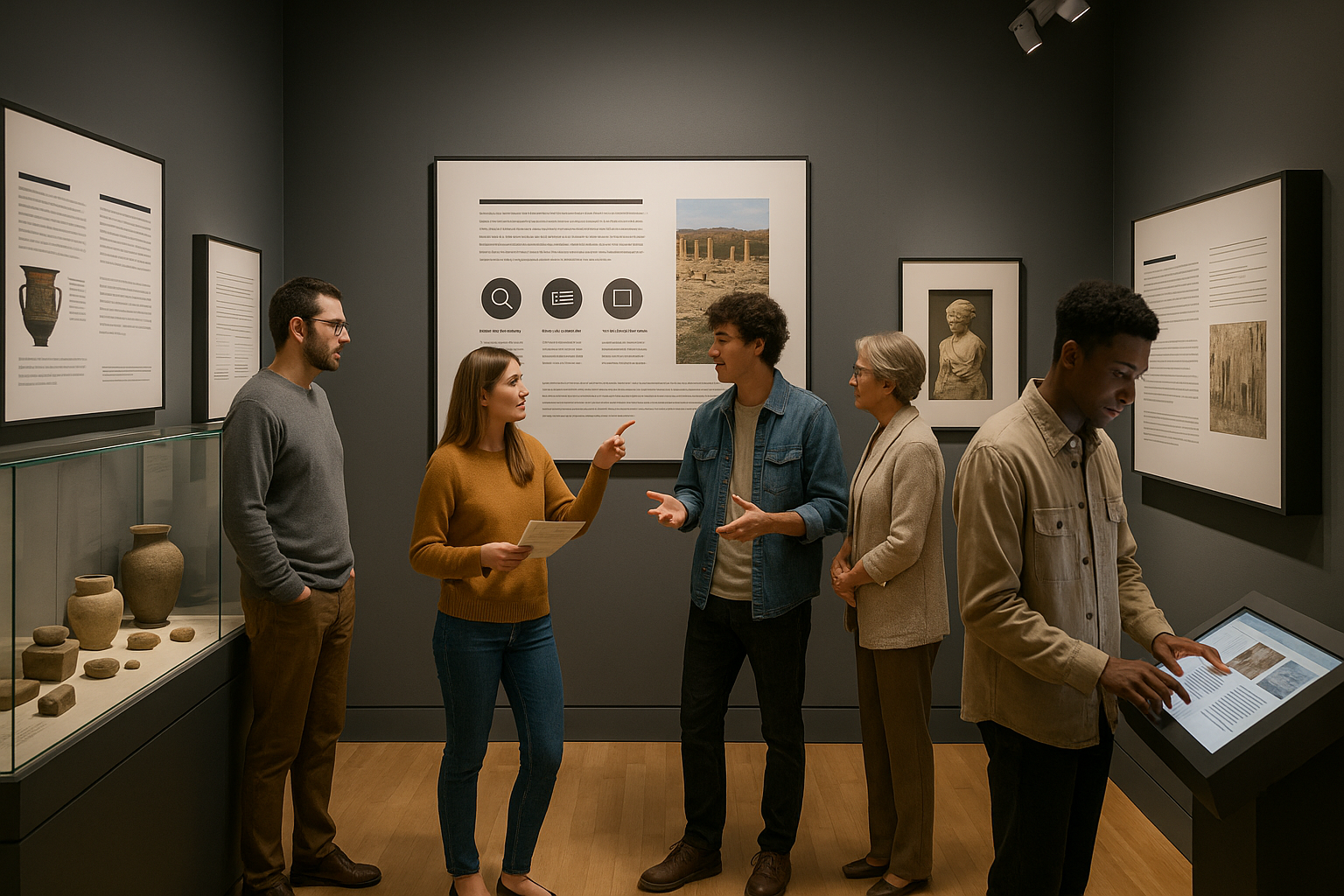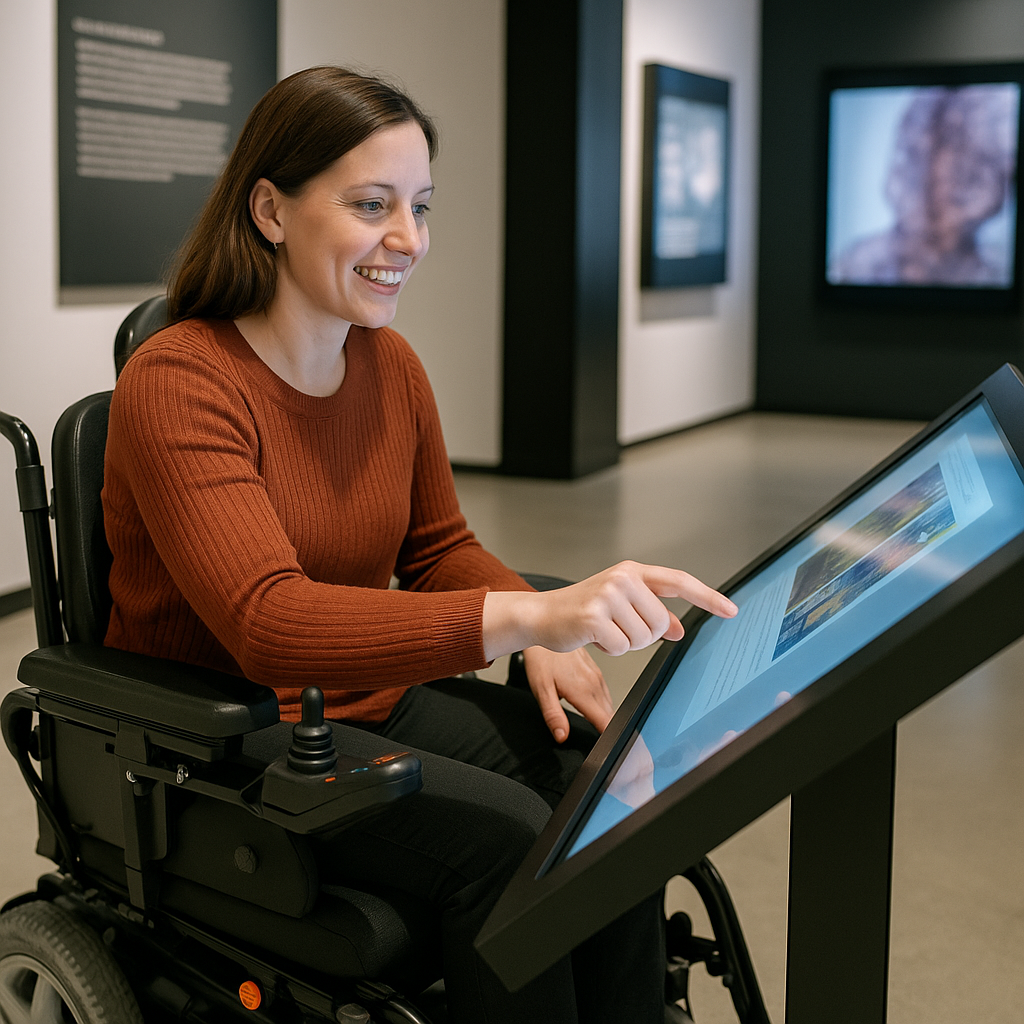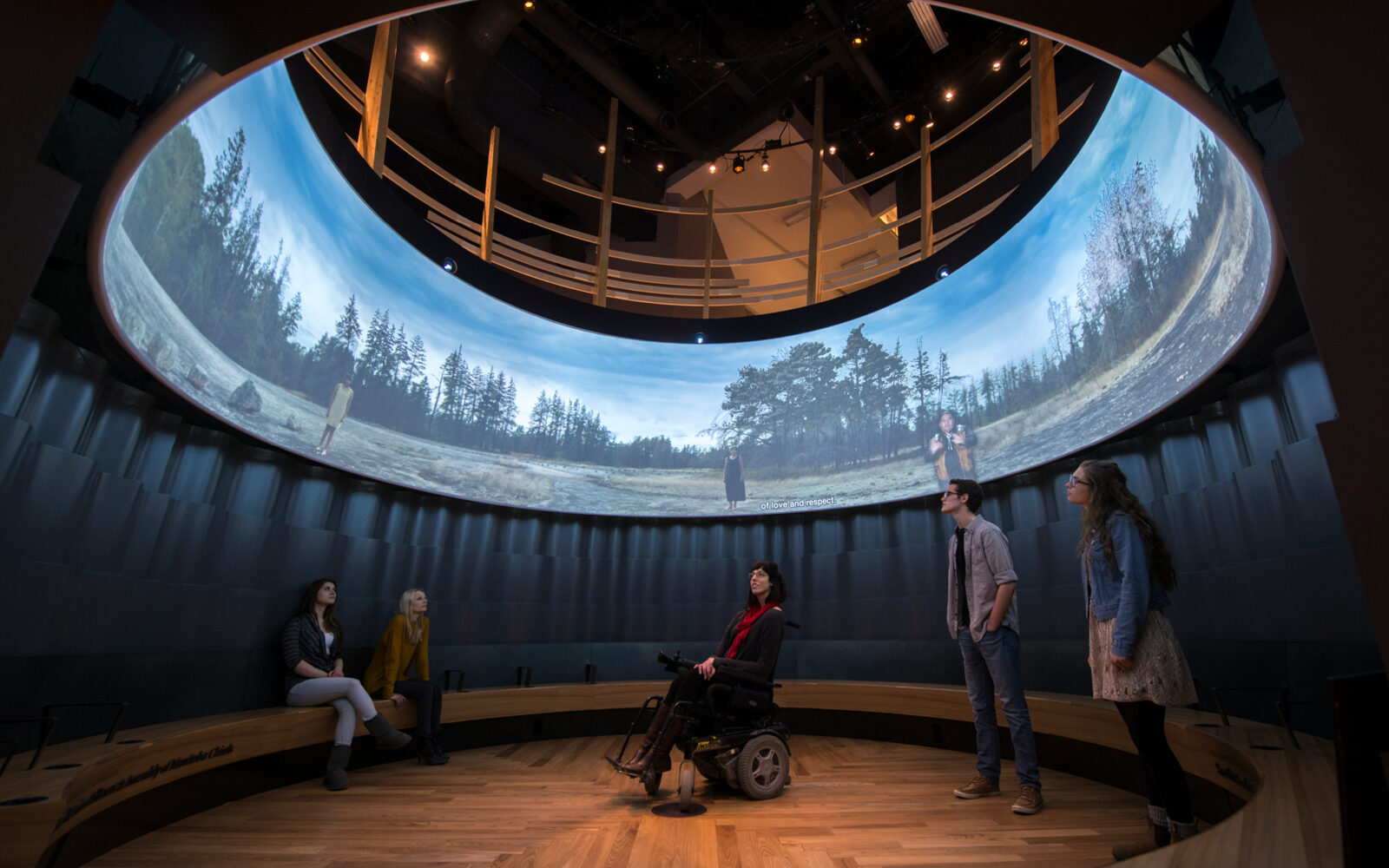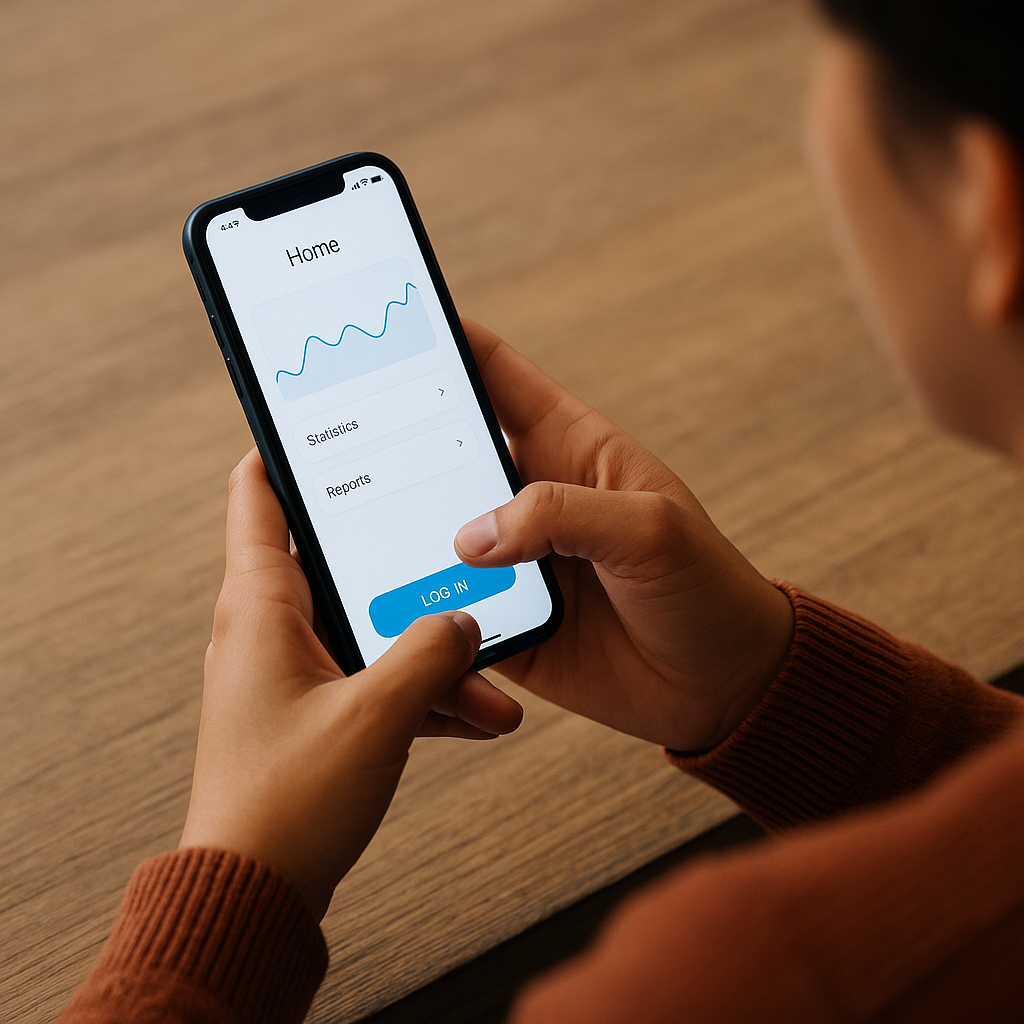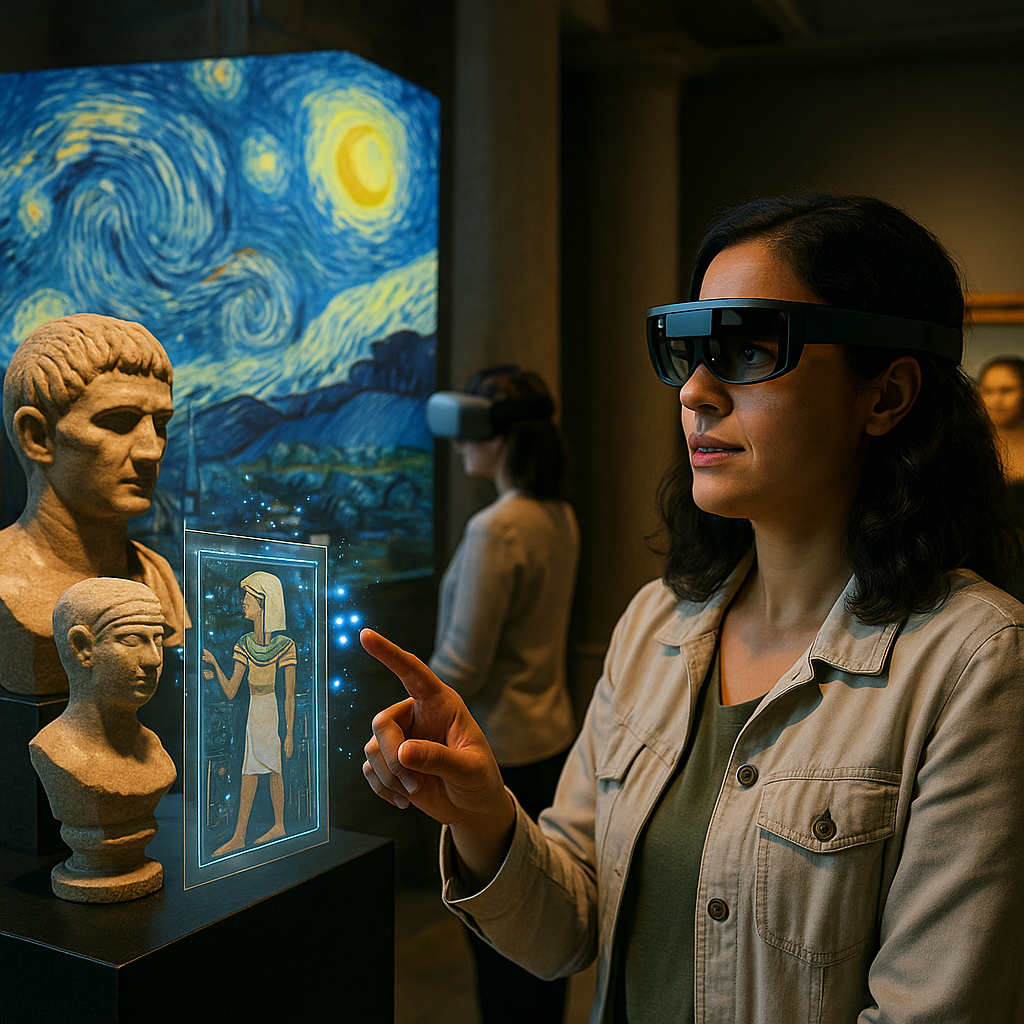A Comprehensive Guide to Museum Exhibit Development
Creating a museum exhibit is both an art and a science—a collaborative process that blends storytelling, education, design, and logistics. From conceptualization to final installation, every decision plays a role in shaping how visitors perceive, learn from, and connect with the content. Whether you’re curating ancient artifacts, designing interactive kiosks, or developing an immersive digital experience, the goal remains the same: to create an environment that is meaningful, accessible, and memorable.
This guide draws from best practices established by institutions like Glasgow Museums and the Smithsonian, combining them into an actionable framework for exhibit development.
Understanding Your Audience in Museum Exhibit Development
Every successful exhibit begins with a deep understanding of who it is for. Museums serve incredibly diverse audiences—children, families, tourists, researchers, people with visual or hearing impairments, non-English speakers, and more. Designing with these visitors in mind means prioritizing clarity, inclusivity, and relevance from the very first phase.
For example, Glasgow Museums recommend using non-idiomatic Plain English and aiming for a reading age of 12–13 for main exhibit messages. Translation into community languages—such as Mandarin, Arabic, Polish, Farsi, and Urdu—should be considered based on local demographics. Similarly, the Smithsonian’s IPOP model (Ideas, People, Objects, Physical) encourages teams to design for different visitor preferences, ensuring that some are drawn to the intellectual challenge of an idea, others to human stories, physical experiences, or tactile objects.
Building a Strong Interpretive Framework
Behind every engaging exhibit is a clear narrative structure. One of the first steps in exhibit development is creating an Interpretive Master Plan—a roadmap that identifies the stakeholders, defines the audience, and outlines the “big idea” and supporting messages.
This interpretive hierarchy starts at a high level: What is the exhibit really about? What do we want visitors to walk away thinking, feeling, or questioning? These core ideas then guide the design of sub-themes, critical questions, and supporting content. For example, an exhibit on climate change might branch into themes like Indigenous knowledge, scientific innovation, and local impact—each supported by graphics, text, and interactives.
From Concepts to Construction: The Exhibit Development Process
While each project is unique, most exhibit development follows a similar progression:
- Concept Design: Explore possible themes, visual strategies, and audience goals. This is where you experiment with big ideas.
- Schematic Design: Break the concept into physical sections and content blocks, identifying must-have elements such as key artifacts, quotes, or imagery.
- Design Development: Shape content into a coherent narrative and begin crafting text, selecting visuals, and planning visitor flow.
- Final Design: Prepare final graphics, layouts, and scripts. Everything is production-ready.
- Production and Installation: Fabrication, construction, and physical installation take place—ideally with ongoing collaboration across curators, designers, fabricators, and accessibility consultants.
Designing for Learning and Visitor Engagement
At its core, a museum exhibit is a learning tool. The UK’s Generic Learning Outcomes (GLOs) offer a framework to ensure that learning is woven into every element of the experience. These include knowledge, skills, attitudes and values, inspiration, and behavioral change.
Engagement goes beyond reading panels. It includes tactile elements, audio, digital interactives, and immersive experiences. The Children’s Museum of Indianapolis, for example, brings paleontology to life with its Dinosphere, where children dig for fossils and engage directly with replicas—making learning active, not passive.
It’s also essential to balance interactivity. Overloading an exhibit with hands-on elements or screens can distract from key messages. Instead, design moments of pause, reflection, and connection alongside interactive components.
Why Accessibility Is Essential in Museum Exhibit Design
Accessibility is not just a regulatory checkbox—it’s a design principle that ensures everyone can participate fully. Exhibits must consider:
- Text legibility: Sans-serif fonts like Frutiger or Helvetica, minimum 16pt body size, and at least 80% contrast between text and background.
- Viewing angles: Labels, interactives, and graphics should fall within the “universal viewing band” (typically 1,000–1,400 mm from floor level), and be visible to wheelchair users.
- Touchpoints: Controls and devices should be operable by users with limited mobility or strength, ideally with one hand.
- Language and literacy: Use clear, jargon-free text, and offer multilingual and audio translations where possible.
- Sensory design: Avoid flashing lights or high-pitched sounds. Offer sensory-friendly times or quiet zones for neurodivergent visitors.
The CBC Gem app is a great digital example—its redesign introduced strong accessibility features such as screen reader support and voice control compatibility, demonstrating that inclusive design applies both in-gallery and online.
Security, Conservation, and Display Logistics
Physical design must also address security and conservation. Fragile or valuable objects often require sealed cases, climate controls, and conservation-approved materials. At the British Museum, the Rosetta Stone is encased in glass to prevent damage while offering 360-degree views—balancing access with protection.
Open displays must be secure yet inviting. Barriers, lighting, and spacing should feel natural, not restrictive. Always consult with conservation experts to ensure materials meet fire safety and preservation standards.
Writing for the Museum Environment
Exhibit text must communicate complex ideas quickly and clearly. Visitors are usually standing, often distracted, and may only spend seconds at a label. Well-written exhibit text uses short sentences, active voice, and supports the narrative arc. Each panel, graphic, or digital display should make sense on its own while contributing to the whole.
Typography matters. Glasgow Museums recommend a consistent layout with strong hierarchy: headline, subhead, body copy. Avoid cluttering panels with too much text—break it up with visuals, pull quotes, or icons when needed.
Real-World testing and prototyping
No design is final until it’s tested. Prototyping turns ideas into something tangible that can be critiqued and refined. This might be as simple as a foamcore mockup of a label wall or a digital demo of an interactive.
Real-world testing includes checking:
- Can visitors reach and use the interactives?
- Is the content legible in ambient lighting?
- Do visitors understand the storyline?
- Are traffic patterns causing bottlenecks?
For example, before the Smithsonian’s Outbreak: Epidemics in a Connected World exhibit launched, they tested early digital components to ensure they made sense to visitors who had no background in epidemiology.
Conclusion: A Shared Commitment to Impact
Exhibit development is a complex, collaborative, and rewarding journey. It’s about telling stories that matter in ways that are inclusive, meaningful, and memorable. Whether you’re part of a national institution or a community heritage center, the same core principles apply: understand your audience, build with purpose, test your ideas, and design for everyone.
When done well, exhibits transcend their walls. They connect the past to the present, spark curiosity, and inspire action—and that’s the real power of museum storytelling.
